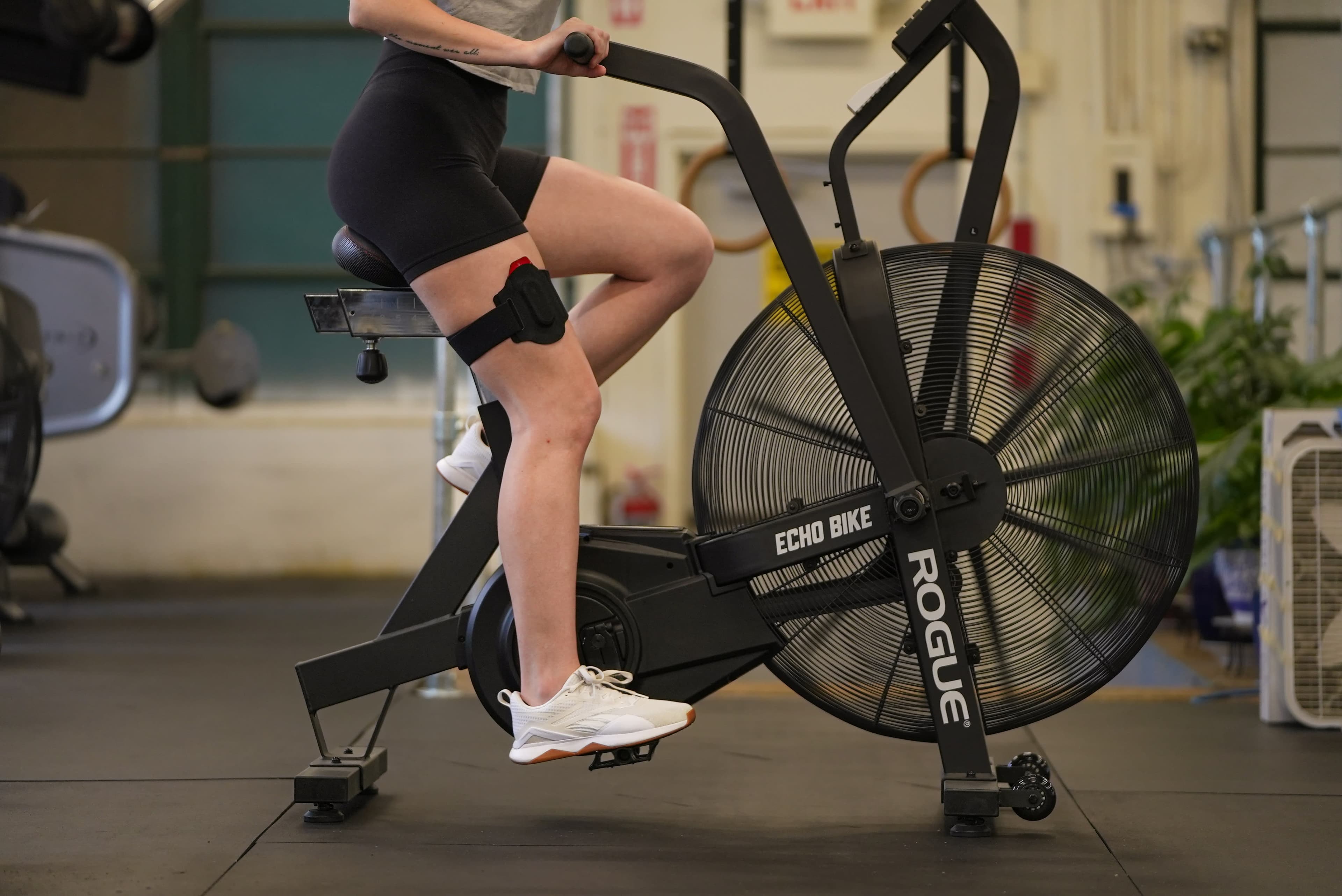In the endurance training community, there’s a lot of discussion about zone 2 training and its benefits, as well as strength training myths. This article isn't about debating the merits of zone 2 training, how to structure your overall training plan, or how to best prioritize your training to reach specific performance goals. Instead, this article is about how you can better identify intensity thresholds, like zone 2, using alternative measurements to heart rate and blood lactate, such as muscle oxygenation (SmO2) and nitric oxide (NO).
Endurance athletes often incorporate zone 2 training into their routines to build a strong fitness base, enhance fat metabolism, and improve efficiency. It's important to note that zone 2 isn't a single fixed intensity but rather a range of intensities. Think of it as a spectrum where the exact intensity can vary based on individual fitness levels and training goals.
The key to understanding zone 2 lies in its relationship with oxygen supply in the muscles. During zone 2 exercise, your muscles require a steady supply of oxygen to sustain activity. This is where muscle oxygenation (SmO2) can be a valuable tool. Unlike heart rate, which can be influenced by various factors such as stress, caffeine intake, and hydration, SmO2 provides a direct measurement of oxygen saturation in the muscles and better reflects the actual metabolic demands of exercise. For example, in a recent study, titled Near-Infrared Spectroscopy: More Accurate Than Heart Rate for Monitoring Intensity in Running in Hilly Terrain, scientists found that while heart rate was unaffected by continuous changes in terrain and intensity during exercise, muscle oxygenation (SmO₂) reflected these changes and strongly correlated with changes in oxygen consumption. These findings suggest that SmO₂ may offer a more accurate alternative to HR for monitoring exercise intensity, particularly over mixed terrain.
Additionally, By monitoring SmO2 levels, you can get real-time feedback on how your muscles are utilizing oxygen, helping you to better gauge your intensity and stay within your desired training zone.
As a case study, I've used the NNOXX wearable during my cycling workouts for twelve months. One of the key challenges in cycling, especially on low gears, is distinguishing between zones 1 and 2. At the start of a session, I typically observe a slight drop of around 10% in my muscle oxygenation (SmO2) level, followed by a gradual rise toward baseline (indicating zone 1). As I settle into the session, my SmO2 levels stabilize and remain constant at around ~60% for the remainder of the workout. This stability in SmO2 is characteristic of zone 2, where oxygen supply and utilization are balanced.
Interestingly, I've noticed a different pattern in my SmO2 levels during zone 2 running sessions. Instead of the initial drop in SmO2 followed by a steady rise and stabilization as seen in cycling, I see a small initial drop immediately followed by a stabilization in values, which is likely due to increased mechanical compression of blood vessels.

